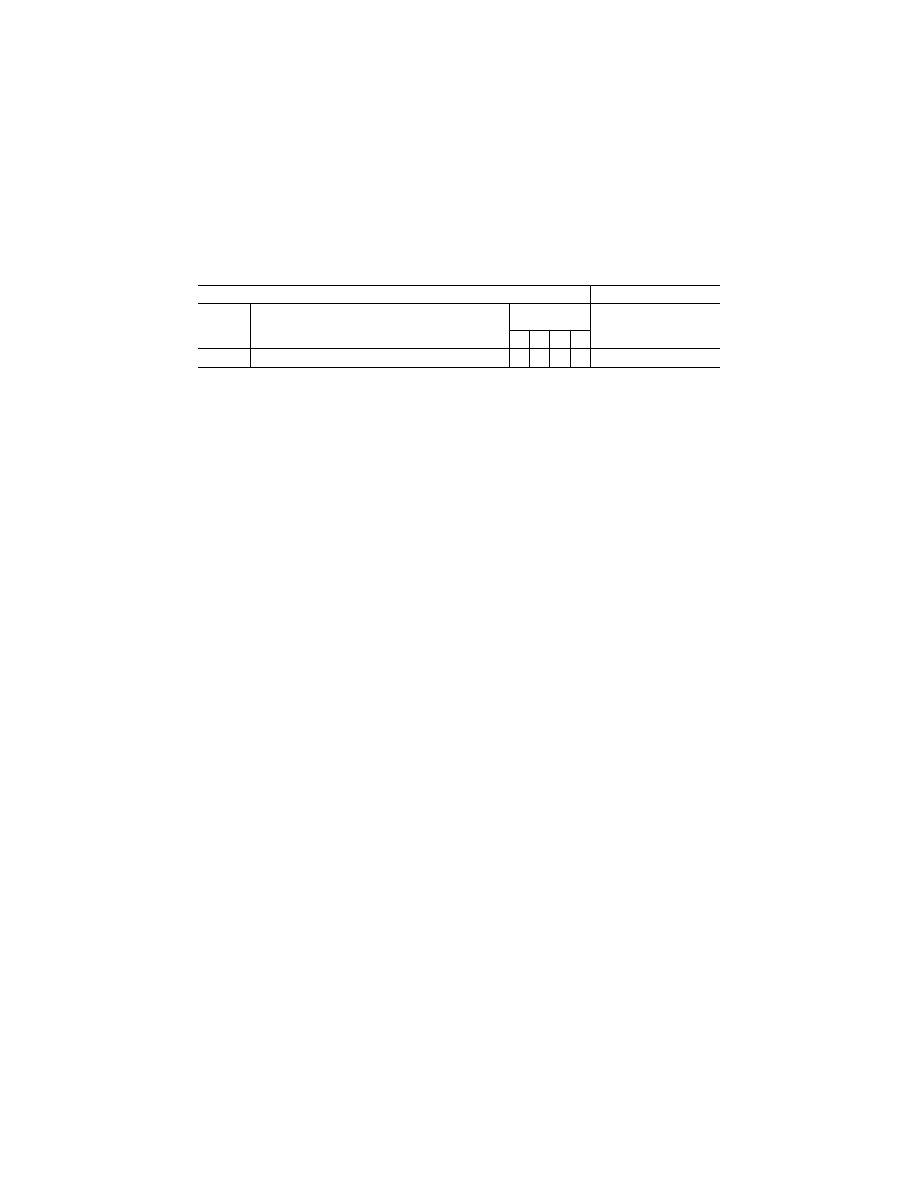
440
14 CFR Ch. I (1–1–19 Edition)
Pt. 60, App. D
T
ABLE
D1C—T
ABLE OF
FTD S
YSTEM
T
ASKS
—Continued
QPS requirements
Information
Entry No.
Subjective requirements
In order to be qualified at the FTD qualification level indi-
cated, the FTD must be able to perform at least the tasks as-
sociate with that level of qualification.
FTD level
Notes
4 5 6 7
2.a. ...........
Position/Adjustment/Positive restraint system ..........................
A
X
X
X
Note:
An ‘‘A’’ in the table indicates that the system, task, or procedure may be examined if the appropriate simulator system or
control is in the FTD and is working properly.
A
TTACHMENT
2
TO
A
PPENDIX
D
TO
P
ART
60—
F
LIGHT
T
RAINING
D
EVICE
(FTD) O
BJECTIVE
T
ESTS
lllllllllllllllllllllll
B
EGIN
I
NFORMATION
1. D
ISCUSSION
a. If relevant winds are present in the ob-
jective data, the wind vector (magnitude and
direction) should be noted as part of the data
presentation, expressed in conventional ter-
minology, and related to the runway being
used for the test.
b. The format for numbering the objective
tests in Appendix C of this part, Attachment
2, Table C2A, and the objective tests in Ap-
pendix D of this part, Attachment 2, Table
D2A, is identical. However, each test re-
quired for FFSs is not necessarily required
for FTDs, and each test required for FTDs is
not necessarily required for FFSs. When a
test number (or series of numbers) is not re-
quired, the term ‘‘Reserved’’ is used in the
table at that location. Following this num-
bering format provides a degree of com-
monality between the two tables and sub-
stantially reduces the potential for confu-
sion when referring to objective test num-
bers for either FFSs or FTDs.
c. A Level 4 FTD does not require objective
tests and is not addressed in the following
table.
E
ND
I
NFORMATION
lllllllllllllllllllllll
B
EGIN
QPS R
EQUIREMENTS
2. T
EST
R
EQUIREMENTS
a. The ground and flight tests required for
qualification are listed in Table D2A Objec-
tive Evaluation Tests. Computer generated
FTD test results must be provided for each
test except where an alternate test is specifi-
cally authorized by the NSPM. If a flight
condition or operating condition is required
for the test but does not apply to the heli-
copter being simulated or to the qualifica-
tion level sought, it may be disregarded (e.g.,
engine out climb capability for a single-en-
gine helicopter). Each test result is com-
pared against the validation data described
in § 60.13, and in Appendix B of this part. The
results must be produced on an appropriate
recording device acceptable to the NSPM
and must include FTD number, date, time,
conditions, tolerances, and appropriate de-
pendent variables portrayed in comparison
to the validation data. Time histories are re-
quired unless otherwise indicated in Table
D2A. All results must be labeled using the
tolerances and units given.
b. Table D2A in this attachment sets out
the test results required, including the pa-
rameters, tolerances, and flight conditions
for FTD validation. Tolerances are provided
for the listed tests because mathematical
modeling and acquisition and development of
reference data are often inexact. All toler-
ances listed in the following tables are ap-
plied to FTD performance. When two toler-
ance values are given for a parameter, the
less restrictive may be used unless otherwise
indicated. In those cases where a tolerance is
expressed only as a percentage, the tolerance
percentage applies to the maximum value of
that parameter within its normal operating
range as measured from the neutral or zero
position unless otherwise indicated.
c. Certain tests included in this attach-
ment must be supported with an SOC. In
Table D2A, requirements for SOCs are indi-
cated in the ‘‘Test Details’’ column.
d. When operational or engineering judg-
ment is used in making assessments for
flight test data applications for FTD valid-
ity, such judgment must not be limited to a
single parameter. For example, data that ex-
hibit rapid variations of the measured pa-
rameters may require interpolations or a
‘‘best fit’’ data section. All relevant param-
eters related to a given maneuver or flight
condition must be provided to allow overall
interpretation. When it is difficult or impos-
sible to match FTD to helicopter data
throughout a time history, differences must
be justified by providing a comparison of
other related variables for the condition
being assessed.
e. The FTD may not be programmed so
that the mathematical modeling is correct
only at the validation test points. Unless
noted otherwise, tests must represent heli-
copter performance and handling qualities at
operating weights and centers of gravity
(CG) typical of normal operation. If a test is
VerDate Sep<11>2014
16:30 Jun 25, 2019
Jkt 247047
PO 00000
Frm 00450
Fmt 8010
Sfmt 8002
Q:\14\14V2.TXT
PC31
kpayne on VMOFRWIN702 with $$_JOB